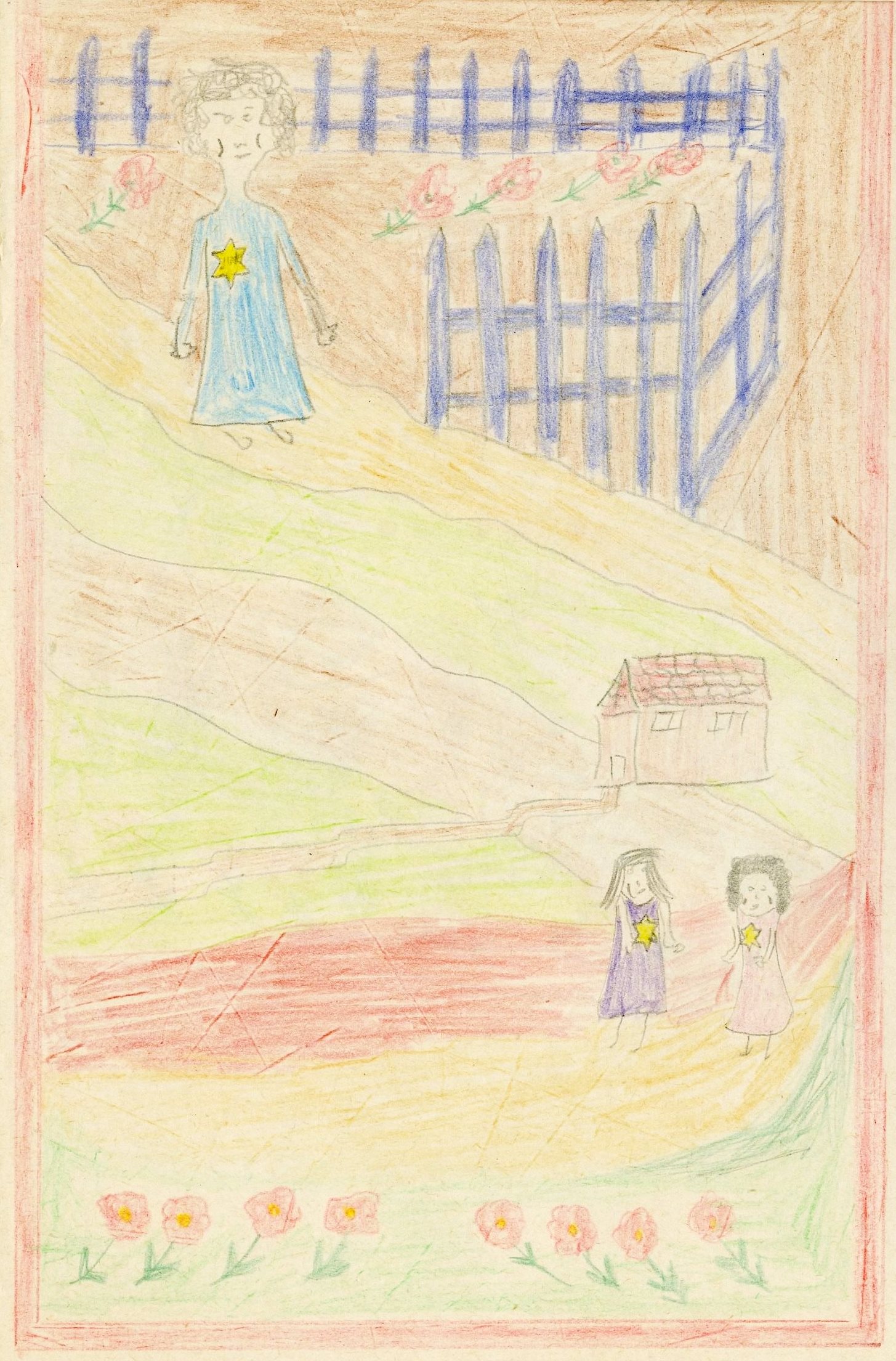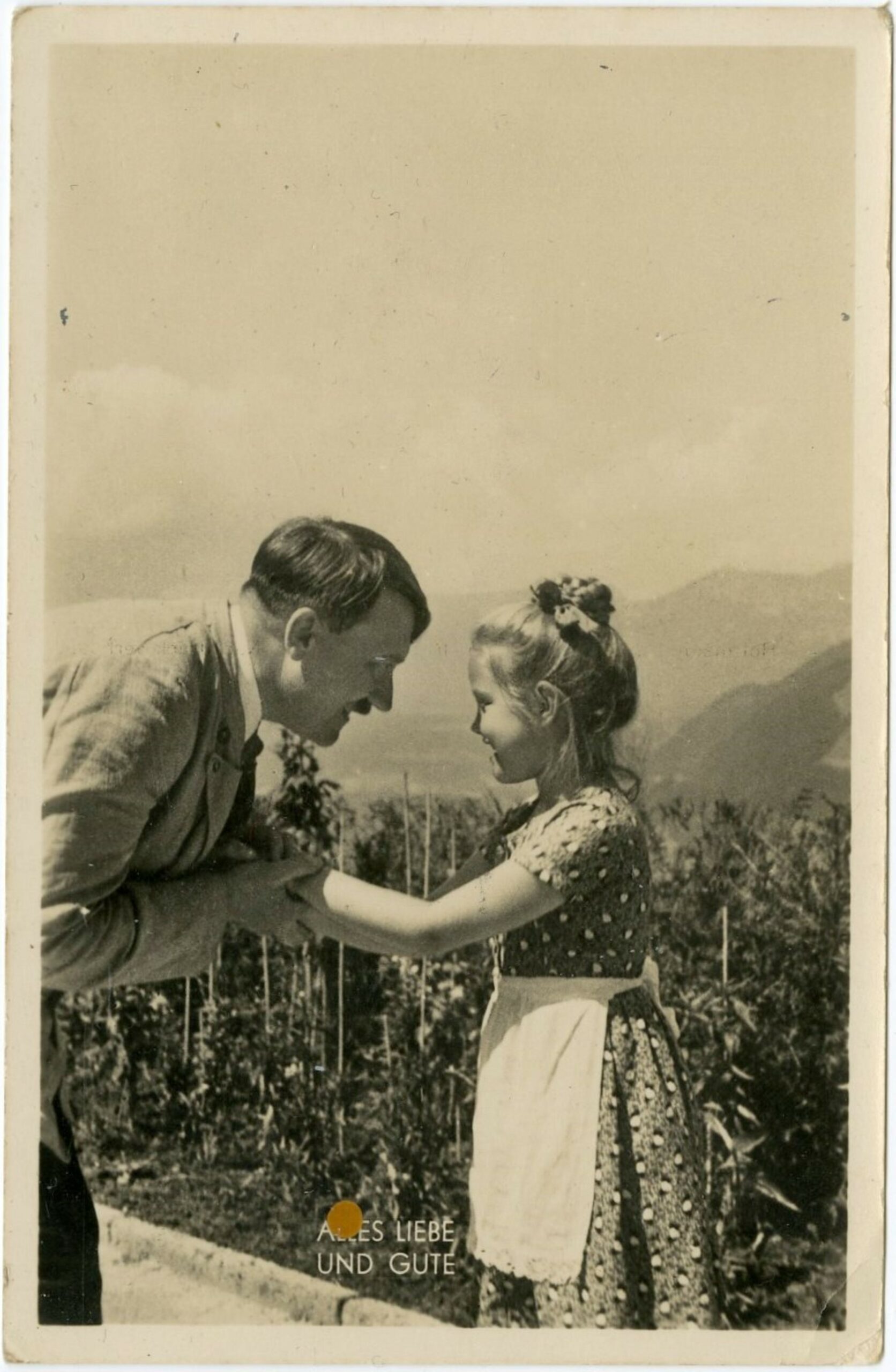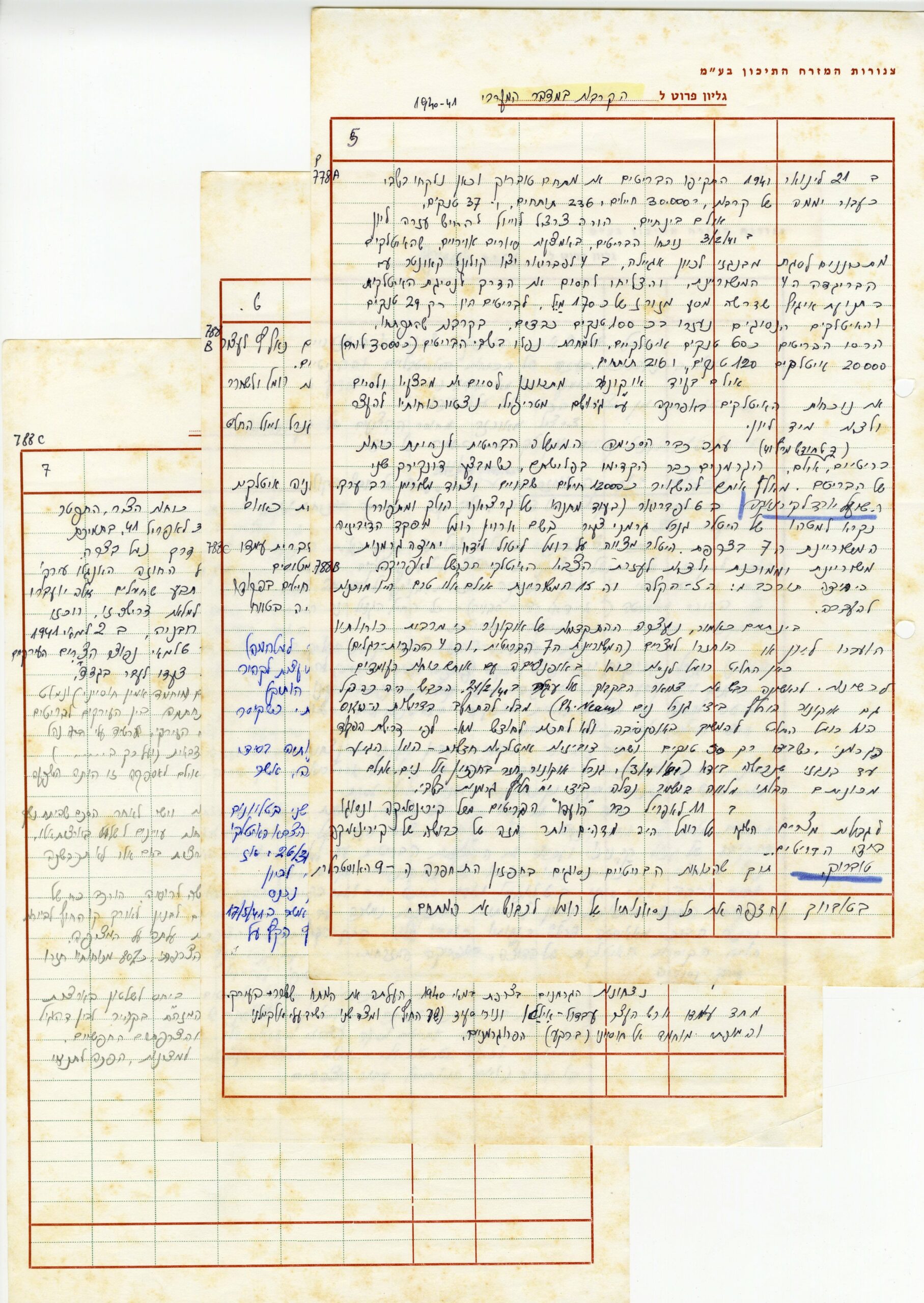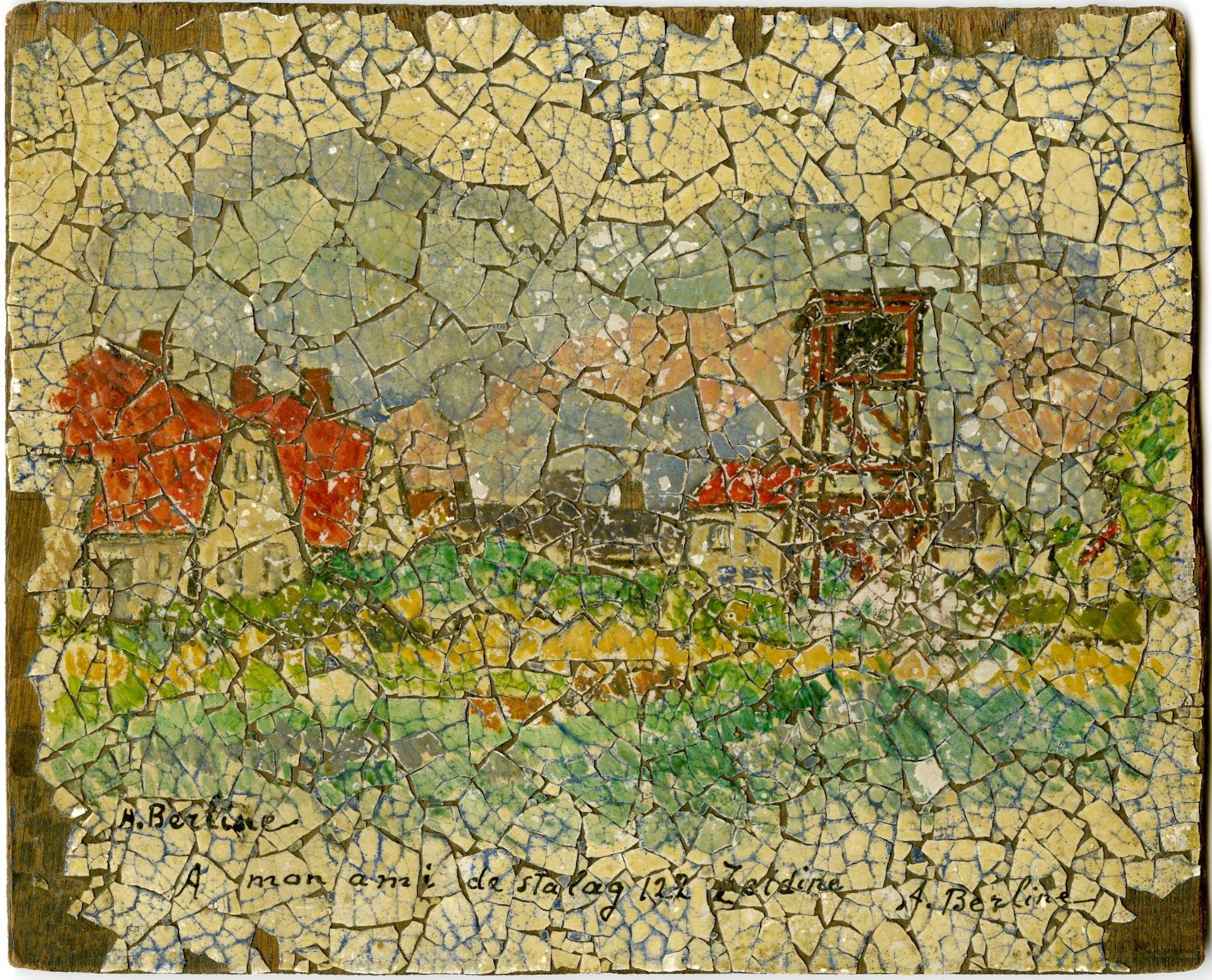During World War II, mandatory Palestine under British rule faced the danger of a Nazi invasion twice. The first danger began in June 1940 when Germany conquered France, and control over France and its colonies fell under the pro-Nazi Vichy regime. This brought Syria and Lebanon under pro-Nazi rule. The British assumption was that a German invasion of Palestine from the north was a realistic possibility. In the summer of 1940, the British began constructing fortification lines to defend the country against invasion and to prepare resistance measures in case it fell to the enemy. Subsequently in 1942, General Rommel's Afrika Corps advanced eastward in North Africa towards the Suez Canal, increasing fears of the canal falling. Due to this concern, the British devised the “Palestine Final Fortress” plan to establish a defensive line in the mountainous regions of northern Palestine. As the Afrika Corps advanced towards the Suez Canal, great anxiety spread through the Yishuv leadership. They began drawing up the “Masada on Mount Carmel” plan to concentrate all residents of the Carmel region for a last heroic defensive battle. This period in the Yishuv's history became known as the “200 Days of Dread”. Ultimately, with the Allied victory over Rommel in November 1942 in the second Battle of El Alamein and his expulsion from North Africa, the threat of Nazi conquest over Mandatory Palestine was lifted in one of the famous miracles of the war.
One of the discoveries that shed light on this affair came us to the auction house in October 2023 in the midst of a war of "iron swords" after the surprise attack by Hamas on the settlements in the south on the seventh of October, when after about eighty years since those events the threat from the south and north appears again, and again The Jewish spirit arose for the defense of the people and the homeland. A diary and chronicle written by Haganah Commander Moshe Mitri regarding the planning of the Jewish settlement by the "Haganah" in the face of the danger of the Nazi occupier - Rommel's army that advanced in North Africa towards the Land of Israel in the fall of 1941. Mitri, as a fighter in the Haganah who was himself part of the events as they occurred, describes in detail in his diary the story of the horror and victory of the Jewish settlement in Eretz Israel in its difficult time, against the Nazi enemy, as well as all the details of the campaign, both from the enemy side - Germany, Rommel and his army, and from the threatened side of the Jewish settlement in Eretz Israel, which organized a campaign of the few against the many with meager material means but immense spiritual strength. Mitri wrote the things after the war, and they contain extensive details of one of the most fascinating episodes in the history of the Jewish settlement in Eretz Israel. Two binders containing about 500 folio pages handwritten by Mitri, organized by titles and subtitles according to the chronological order of events. A significant part of what Mitri writes are quotes and things he heard from the heads of the Haganah in those days and personalities who led the Zionist movement in Eretz Israel and directed the organization for the heroic struggle against the Nazi enemy. They provided him with many details unknown to the public after the war, and he quotes their words verbatim. A complete and important handwritten work on the "200 Days of Dread" - invaluable material that was never printed.
Historical discoveries in the important diary
At the opening of the words, Mitri describes the situation in Eretz Israel in those days: "In Eretz Israel, the heads of the Haganah, guided by individuals in the Zionist leadership (not all of them!), dealt with defense problems and tried to respond to fluctuations on the scene: from the north - the danger of an invasion from the Caucasus via Turkey, and from the south the danger of invasion seemed most realistic in its full cruelty in May-September 1942. General Yohanan Rottner and General Yitzhak Sadeh, staff officers and commanders at Haganah headquarters deliberate and tried to prepare a defense system with poverty of resources, equipment, and open training (due to the conditions of suppression and underground that prevailed under the British rule in the country) but very rich in spirit, the spirit of an ancient and proud Israeli-Jewish tradition on the one hand, and on the other hand in the spirit of Elazar Ben-Yair, Shim'on Bar Kochba and others, a spirit of willingness to stand at the gate and self-sacrifice without limit...".
In his work, Mitri brings dozens of things he heard from the heads of the Jewish settlement in those days that provide a full picture of the chronological order of events from both the Jewish and German sides. Among other things, he describes the assessments in the Jewish settlement in Eretz Israel: the Chief Rabbinate declared a fast day due to the grave situation, and demanded that even those not accustomed to fasting be stringent on themselves on this fast day. There were heads of the Haganah who sought to turn to the Red Cross to come help the country's inhabitants and precede the Nazi enemy, thinking with certainty that the Nazis would succeed in penetrating Eretz Israel. The Haganah tried to locate German agents collaborating in Syria and Lebanon who threatened the Jewish minority in the country. There was also fear of the Arab minority in the country. Mitri quotes Yisrael Galili from June 1942: "In recent times, the mood in various sections of our neighbors was checked: it became clear that as the Nazi army approaches us, the time approaches when an Arab rebellion will break out in the country, to receive the Nazis, and destroy the settlement and Zionism...". Mitri describes how Haim Guri was sent together with a cell of five men from the Palmach camp in Mishmar HaEmek to Wadi Ara to locate places for explosions and roadblocks and observation posts for snipers, instructing him that there was a possibility of British withdrawal from the country and the Germans' advance may not be disturbed...
Mitri also brings important quotes from things said by many heads of the settlement and heads of the Haganah in those days expressing how tangible the threat was. Eliyahu Golomb at an Executive Committee meeting in April 1941 said that in the event of a German invasion of the country, the Jewish settlement would have no chance of being saved due to cooperation with the Arab enemy from within, and demanded a full mobilization of all who could be mobilized. At a Haganah meeting he said: "We must focus at this time on one thing alone, which is: action before the invasion and using the full Jewish force for the country's defense", Menachem Ussishkin in the spring of 1941 expressed: "If there is a Jewish army here of tens of thousands of young Jews, this is a force from which one can hope for something". There were even those who went further and turned to the Arabs themselves - Leible Weissfish turned to the Supreme Muslim Council and sought their protection "as wards", Abba Hushi spoke at a workers' committee conference held in May 1941: "I want us to decide not to flee from here... Jews fled everywhere, we must know: from here there is no fleeing". And many others.

To what extent the Jewish settlement in Eretz Israel feared Rommel himself, and how the armies in the country feared his power, can be seen from the following words of Mitri: "There is a real danger that our "friend" Rommel becomes a kind of magician for our officers talking too much about him (about his feats apparently), he is in no way a "Superman"... I ask you to cancel in all possible ways the legend that Rommel represents more than just a regular German general. The important thing is that in speaking of the enemy in Libya, we speak not only of Rommel, we must relate to them as "the Germans" or the "Axis forces", you must ensure that this directive is implemented, and explain to our commanders that psychologically we have here a matter of supreme importance, signed General C.j. Auchmleek"
Mitri also provides important historical details about planning to establish a special command to deal with the Nazi threat, and the way the Haganah organized in anticipation of establishing this command. Simultaneously, attempts were made to divert funds transferred to aid Jews in Eretz Israel for the benefit of fighters organizing for the Nazi offensive, training was conducted for young students learning for the first time how to hold weapons, efforts were made to concentrate all Hebrew units into large military brigades working in cooperation, efforts to arm the Hebrew commands in Egypt - for this purpose Yechiel Teitberg and Israel Carmi were sent to Egypt, and more. Mitri also refers to the response of world leaders at that time regarding the possibility of a Nazi invasion of Eretz Israel, such as Churchill who saw the picture accurately and was certain 100% of Rommel's army being defeated.
Among other things, he presents a detailed chronological table of all developments in North Africa in parallel with Eretz Israel, bringing many details about establishing Tobruk on the Karmel, describing the extensive national deployment when the Germans stood at the gates of Egypt, describing the actions of the Palmach at that time, and more.
The detailed plans for the defense of the Land of Israel
In the second part of the work, Mitri describes in detail from the German side since Rommel assumed command of the German forces in North Africa, advancement towards Eretz Israel in conquests, and preparation of the Jewish settlement to campaign against the Nazi army in Eretz Israel. Mitri presents the Haganah's detailed plans for protecting the Jews of Eretz Israel. He provides an analysis of the German versus Jewish character conducted in real time, the reasons for choosing Rommel specifically to command North Africa, an accurate timeline of Rommel's army's advances in North Africa towards Eretz Israel, extensive details of what occurred on the Egypt-Libya front from fall 1941, where Mitri describes: "On November 18, 1941, the 8th camp forces engaged Rommel's forces, despite having more tanks than Rommel, Rommel succeeded in drawing the British into anti-tank ambushes and destroying British armor...". Extensive details of Rommel's army's advance towards Alexandria, extensive details of how he captured Tobruk, Tunisia's surrender. Mitri also emphasizes Rommel's independent character on the battlefield - which greatly deterred the Allied powers - throughout the battle he ignored many orders he received from Hermann Goering directly from Hitler saying: "Goering is simply insane and Hitler is no less so". Full chapters deal with Rommel "from his letters", where he detailed his plans and “I believe” to his soldiers, the shock in the British leadership, and more. The pages also deal extensively in the greatest details with many unknown personal details about Rommel himself - his family, involvement in politics, roles during World War I, roles in Germany before World War II broke out, joining the Nazi party, nature of his meetings with Hitler, how the British perceived him ("estimated Rommel as a tactician and not as a strategist"), advancement of battles and decisions he made independently astonishing even the German army itself, and finally the great miracle - the fall of Rommel's army in the Battle of Alamein and a sigh of relief among the Jewish settlement preparing for the worst of wars.

The defeat of the Axis forces in the Battle of El Alamein, together with the defeat of the German Army in the Battle of Stalingrad, which took place at the same time, marked the beginning of the turning point in favor of the Allied armies in the war against Nazi Germany and its metastases. The decisive victory in the Battle of El Alamein, together with the landing of Allied forces on the coast of Western North Africa in Operation Torch shortly after, mark the turning point in the military campaign in North Africa and the campaign in the Mediterranean arena. The British Prime Minister, Winston Churchill, said about the importance of the battle: "It is not the end (of the war), it is not even the beginning of the end, but perhaps it is the end of the beginning." Churchill wrote in his memoirs: "Before El Alamein we [the British Army] knew no victory, after El Alamein we knew no more defeat" (Winston Churchill, World War II, Volume IV "The Axis of Fate", published by Hasefer, 1961, p. 497).
Moshe Mitri was a senior commander in the Haganah and one of the commanders in the fighting against the Arabs during Israel's War of Independence in 1948. After the establishment of the state he served as head of the Civilian Division in the Planning Directorate of the IDF (Israel Defense Forces). Throughout his life he devoted much effort to documenting the struggle for Israel's independence in his homeland. Among the books he authored were "כח שנים למגן וחרב חיפה" ("Force of Years for Shield and Sword of Haifa" (1988) and others.
See also Dynasty, auction 23 lot 157







